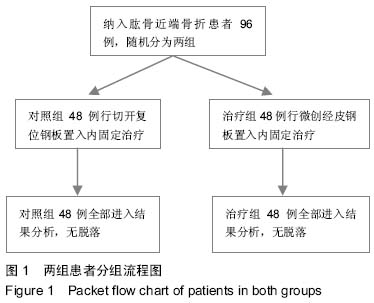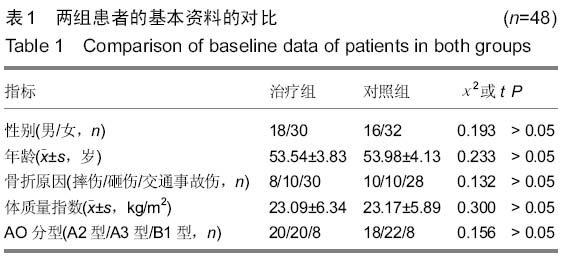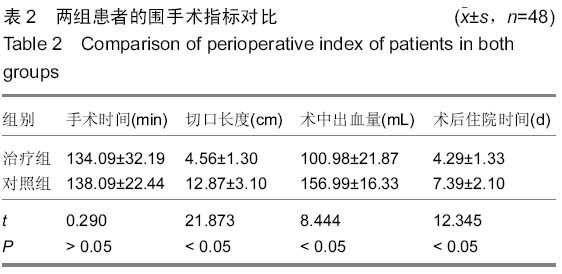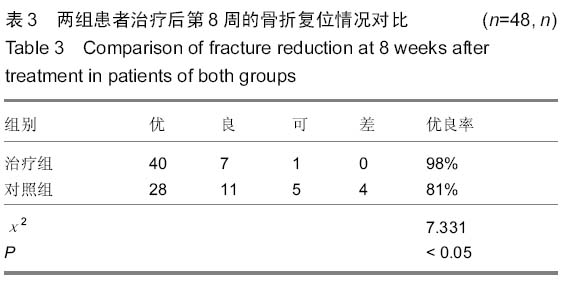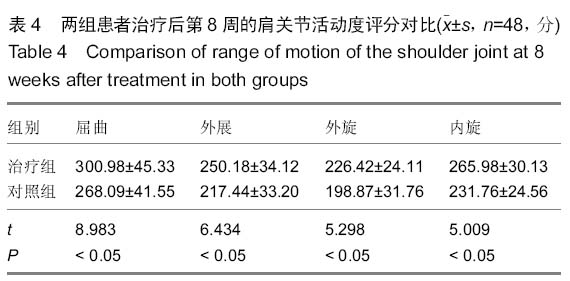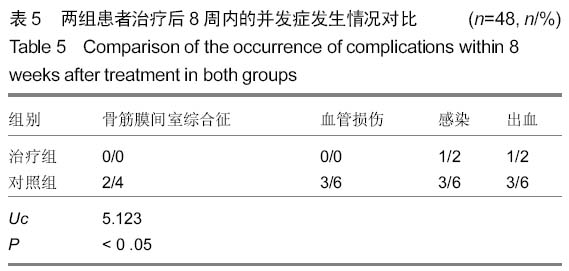| [1] de Matos MB, Puga AM, Alvarez-Lorenzo C, et al.Osteogenic poly/poloxamine homogeneous blends prepared by supercritical foaming. Int J Pharm. 2014;479(1):11-22.
[2] 胡柯嘉,孙振中,芮永军,等.三角肌劈开入路微创治疗肱骨近端骨折的临床研究[J].中华手外科杂志,2014,30(6):434-438.
[3] Huri G, Biçer ÖS, Öztürk H, et al. Functional outcomes of minimal invasive percutaneous plate osteosynthesis (MIPPO) in humerus shaft fractures: a clinical study. Acta Orthop Traumatol Turc. 2014;48(4):406-412.
[4] 陆坚,李云峰,王晖,等.微创钢板内固定结合肱骨近端锁定钢板在肱骨骨折治疗中的应用[J].中华关节外科杂志(电子版),2014, 6(12):765-768.
[5] Zhe Yu, Li CY, Wang YC. et al. Functional and Radiological Evaluations of Unstable Displaced Proximal Humeral Fractures Treated with Closed Reduction and Percutaneous Pinning Fixation. Eur Surg Res. 2010;5(11):138-145.
[6] 叶家宽,叶福生,钟亮,等.胸大肌三角肌入路和肩关节前外侧劈开三角肌入路治疗肱骨近端骨折的疗效比较[J].中华创伤骨科杂志, 2014,16(10):862-866.
[7] 刘印文,卫晓恩,高宁阳,等.手法闭合复位经皮微创固定治疗肱骨远端骨折的病例对照研究[J].中国骨伤,2014,27(4): 311-315.
[8] Moineau G, McClelland WB Jr, Trojani C, et al. Prognostic factors and limitations of anatomic shoulder arthroplasty for the treatment of posttraumatic cephalic collapse or necrosis (type-1 proximal humeral fracture sequelae). J Bone Joint Surg Am. 2012;94(23):2186-2194.
[9] 杨立辉,王瑞,柳伟,等.微创经皮钢板接骨术结合长型肱骨远端锁定板治疗骨质疏松性肱骨中上段骨折[J].中华老年医学杂志, 2013,32(6):646-649.
[10] Penera K, Manji K, Wedel M, et al. Ankle syndesmotic fixation using two screws: risk of injury to the perforating branch of the peroneal artery. J Foot Ankle Surg. 2014;53(5):534-538.
[11] 余斌峰,王伟良,林锡鹏.三角肌分离入路治疗肱骨近端骨折[J].中医正骨,2014,26(8):38-39.
[12] 刘鸣江,陈尉.经皮微创新型锁定钢板内固定治疗老年肱骨近端骨折[J].中国实用医刊,2014,41(10):92-93.
[13] Ramlee MH, Kadir MR, Murali MR, et al. Finite element analysis of three commonly used external fixation devices for treating Type III pilon fractures. Med Eng Phys. 2014;36(10): 1322-1330.
[14] 刘贵政,李青元,郑坤,等.闭合复位经皮克氏针内固定治疗儿童不稳定肱骨髁上骨折37例[J].陕西医学杂志,2013,44(9): 1141-1143.
[15] 许军.肱骨远端锁定钢板治疗肱骨远端骨折效果观察[J].国际医药卫生导报,2010,16(20):2502-2504.
[16] Rangan A, Handoll H, Brealey S, et al. Surgical vs Nonsurgical Treatment of Adults With Displaced Fractures of the Proximal Humerus: The PROFHER Randomized Clinical Trial. JAMA. 2015;313(10):1037-1047.
[17] 陈之青,谢金兔,李坚.微创切口与经典大切口结合锁定钢板内固定治疗老年人肱骨近端骨折疗效比较[J].中国医师杂志,2014, 16(3):386-388.
[18] Carbone S, Papalia M.The amount of impaction and loss of reduction in osteoporotic proximal humeral fractures after surgical fixation. Osteoporos Int. 2015. [Epub ahead of print]
[19] Koljonen PA, Fang C, Lau TW, et al. Minimally invasive plate osteosynthesis for proximal humeral fractures. J Orthop Surg (Hong Kong). 2015;23(2):160-163.
[20] Mao F, Zhang DH, Peng XC, et al. Comparison of Surgical versus Non-Surgical Treatment of Displaced 3-and 4-Part Fractures of theProximal Humerus: A Meta-Analysis. J Invest Surg. 2015;28(4):215-224.
[21] Gao YB, Tong SL, Yu JH, et al. [Case control study on open reduction internal fixation (ORIF) and minimally invasive percutaneous plate osteosynthesis (MIPPO) for the treatment of proximal humerus fractures in aged]. Zhongguo Gu Shang. 2015;28(4):335-339.
[22] Liu K, Liu PC, Liu R, et al. Advantage of minimally invasive lateral approach relative to conventional deltopectoral approach for treatment of proximal humerus fractures. Med Sci Monit. 2015;21:496-504.
[23] Hong CC, Hey DH, Murphy D. Evolving trends in surgically managed patients with proximal humerus fracture: are we different after ten years? Singapore Med J. 2014;55(11): 574-578.
[24] Oh HK, Cho DY, Choo SK, et al. Lessons learned from treating patients with unstable multifragmentary fractures of the proximalhumerus by minimal invasive plate osteosynthesis. Arch Orthop Trauma Surg. 2015;135(2): 235-242.
[25] Uzer G, Y?ld?z F, Elmada? M, et al. Treatment of unusual proximal humeral fractures using unilateral external fixator: a case series. Eur J Orthop Surg Traumatol. 2015;25(4): 683-687.
[26] Chen Y, Zhang K, Qiang M, et al. Computer-assisted preoperative planning for proximal humeral fractures by minimally invasive plate osteosynthesis. Chin Med J (Engl). 2014;127(18):3278-3285.
[27] Kim JW, Oh CW, Byun YS, et al. A prospective randomized study of operative treatment for noncomminuted humeral shaft fractures: conventional open plating versus minimal invasive plate osteosynthesis. J Orthop Trauma. 2015; 29(4): 189-194.
[28] Ortmaier R, Mattiassich G, Pumberger M, et al.Comparison between reverse shoulder arthroplasty and Humerusblock in three- and four-partproximal humerus fractures in elderly patients. Int Orthop. 2015;39(2):335-342.
[29] Liu YW, Wei XE, Gao NY, et al. [Case-control study on close manipulative reduction combined with minimally invasive percutaneous plate fixation for the treatment of proximal humeral fractures]. Zhongguo Gu Shang. 2014;27(4): 311-315.
[30] Lin T, Xiao B, Ma X, et al. Minimally invasive plate osteosynthesis with a locking compression plate is superior to open reduction and internal fixation in the management of the proximal humerus fractures. BMC Musculoskelet Disord. 2014;15:206. |
